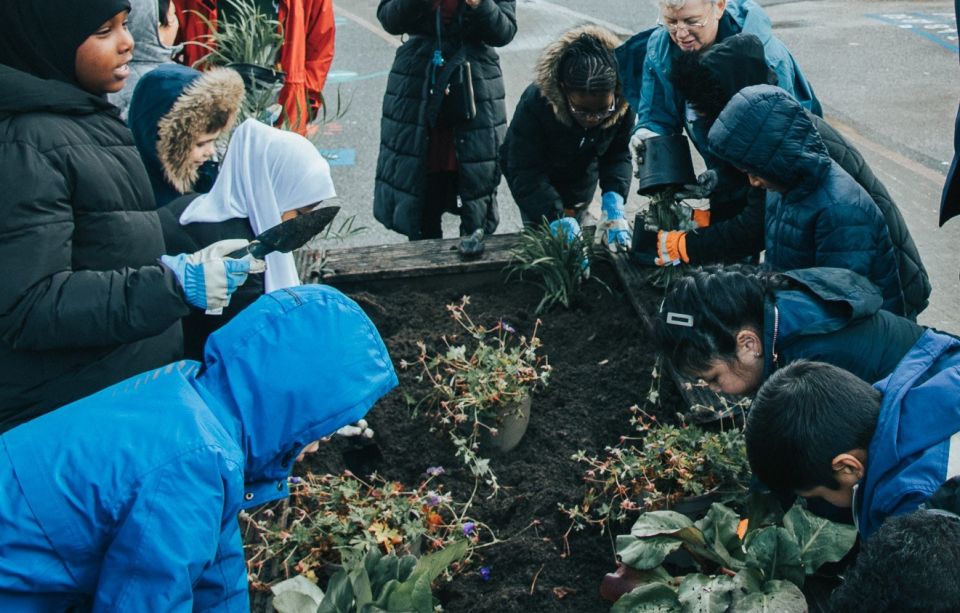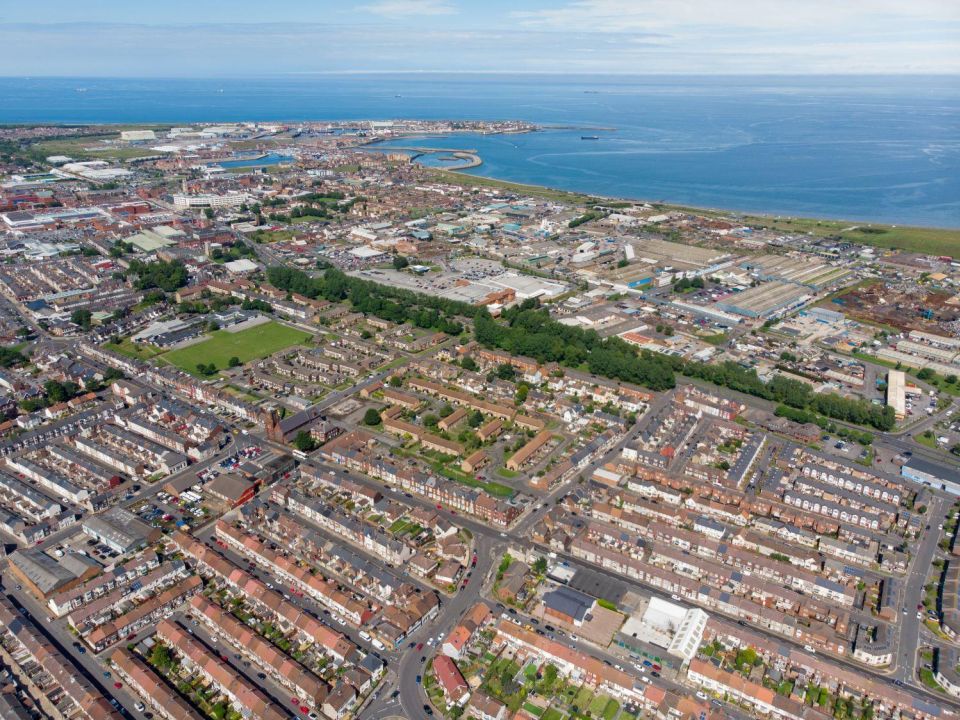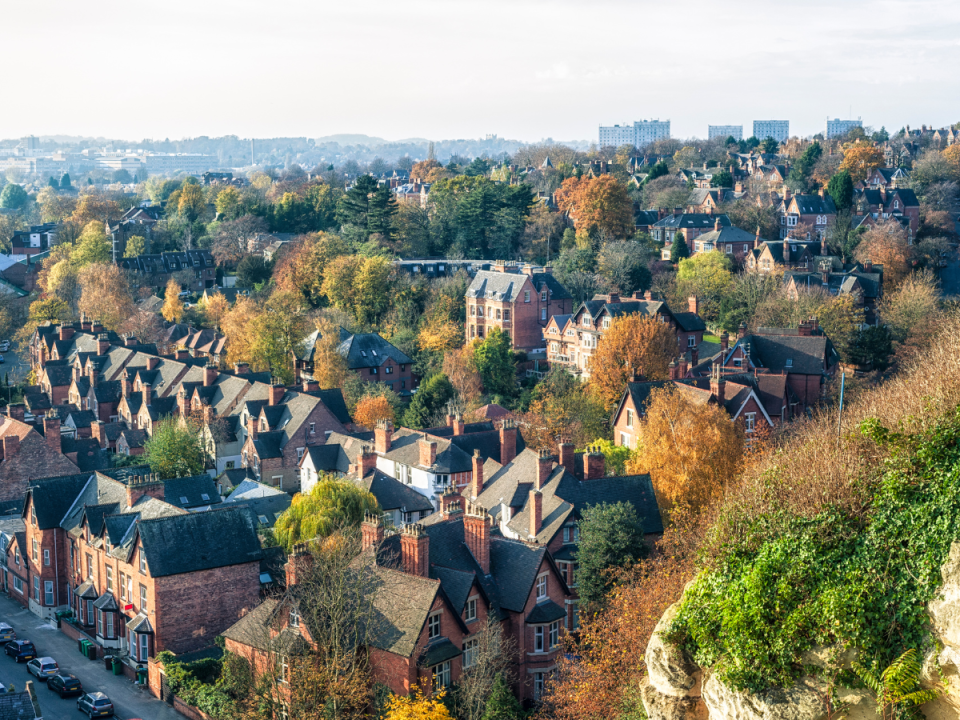Championing Tree Equity: Why everyone deserves equal access to trees

In England, only 16% of neighbourhoods meet the minimum recommended level of tree cover, and the picture isn't too different across the rest of the UK. Millions don’t have access to trees or green space, and the sad reality is, the people and communities who need trees the most are often those who miss out.
This is called tree inequity – and it’s a problem we can no longer ignore.
What is tree equity?
Tree equity means that every community should have equal access to trees and the benefits they provide, from cleaner air and cooler streets to enhanced wildlife and improved wellbeing.
Sadly, while some neighbourhoods are home to lots of trees and green spaces, others - often with lower incomes or higher pollution - have very few.
We want to change this, to ensure everyone has access to urban trees and the heath and wellbeing benefits they provide.
Guiding our mission is the 3 + 30 + 300 rule of thumb from the Nature Based Solutions Institute:
- 3 trees visible from every home
- 30% tree canopy cover in every neighbourhood
- 300 meters from the nearest high-quality park or green space

How we measure tree equity
We measure tree equity through The Tree Equity Score UK which brings together data on tree canopy cover, income, health, employment, age, and heat and air pollution, to produce one score per neighbourhood.
The scores show not only where existing tree canopy cover is low, but where the communities are that would most benefit from increasing urban tree canopy cover. The lower a neighbourhood's tree equity score, the greater the need for trees.

Why tree equity matters
Urban trees do more than decorate our cities - they clean our air, cool our streets in summer and reduce flooding in winter, support wildlife, and boost wellbeing.
You may think that playing on grass, climbing trees and kicking fallen autumn leaves are common childhood experiences, but we know that this is not a reality for thousands of families living in urban areas. With extreme weather, heatwaves and local flooding on the rise, we've never needed urban trees more.

How we are tackling tree inequity
Trees for Cities is leading the charge to close the nature gap and ensure urban trees can be accessed and enjoyed by all.
From transforming St George’s Estate in Tower Hamlets into a thriving urban oasis, to launching our Tree Equity for Hartlepool project earlier this year, we plant trees where they’ll make the biggest difference and drive tangible impact for nature-deprived urban communities.
How you can help
It's planting season right now and your support will help get trees in the ground where they're needed most.
Whether it's transforming a concrete playground, bringing life to a dull street or greening forgotten corners of towns and cities, your gift will grow a better future for us all.
Other ways to support us
- Set up a regular gift to support our work across all seasons
- Follow us on social media (@treesforcities)
- Get stuck in as a volunteer
- Sign up to our monthly newsletter to green up your inbox
Related reading
-

How the UK’s new Tree Equity Score map can be the basis for change
6 December 2023
The Tree Equity Score map highlights what we at Trees for Cities have been championing for 30 years - so how best can we use this powerful resource to help areas that need it most?
-

Hartlepool project to address town-wide low tree cover
1 April 2025
Tree Equity for Hartlepool will help combat the town's low canopy cover which is well below the national average.
-

Let's Talk Tree Canopy Cover
18 April 2024
Recent research by Forest Research highlights that deprived areas are still more likely to be devoid of trees.
Donate to Trees for Cities and together we can help cities grow into greener, cleaner and healthier places for people to live and work worldwide.
Donate